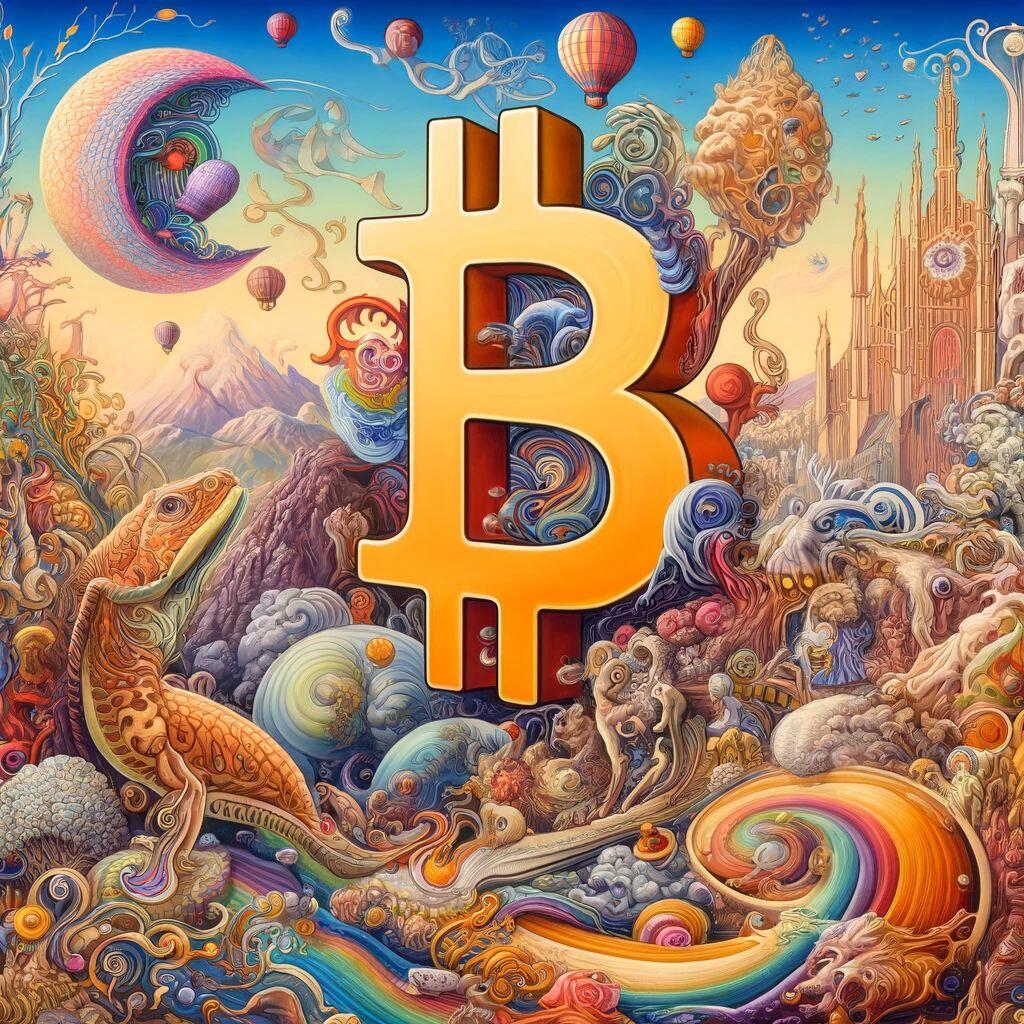We all know the beautiful tulip flower with its vibrant colors and distinctive shape, but what if I told you that people once traded their homes and estates for just one of them about the story of the first recorded economic bubble in history, known as Tulipmania.

In the early 17th century, the tulip flower gained great fame due to its attractive shape and its ability to withstand various climates and soil conditions. It became a symbol of wealth and prosperity, leading to increased demand as people sought to flaunt their status by purchasing it.

After a while, this flower was affected by a virus called the Mosaic virus, which caused changes in its colors and the appearance of streaks resembling flames. This increased its beauty, consequently raising its demand even more. Farmers started giving some of these tulips names of nobles, admirals, and other prominent figures.

So traders began buying them in large quantities, believing their prices would keep rising continuously. Ordinary people also started selling their possessions to acquire tulips with the intention of selling them later at higher prices and making profits. Thus, the meaning of buying these flowers shifted from possession and luxury to speculation and profit-making. As supply decreased and demand increased, the prices of these tulip bulbs soared to irrational levels. The average price reached 2,500 florins - the currency used at that time - for a single tulip bulb. To put this in perspective, the average annual income of a skilled worker ranged between 150-300 florins! In this picture, we see the most expensive tulip ever sold, named "Semper Augustus," which was sold for 6,000 florins at that time.

At the beginning of 1637, demand began to decline and the value stopped rising, causing traders to speculate that demand for these tulip bulbs would soon diminish. This sparked panic among everyone, leading to mass selling at the same time. As supply increased significantly, prices collapsed, and the situation turned upside down.

After this collapse, some people lost all their money, while others were left with the crops they had, as the government invalidated those contracts and considered them null and void in an attempt to address the situation. Subsequently, members of society became fearful of spending, leading to an economic depression.

